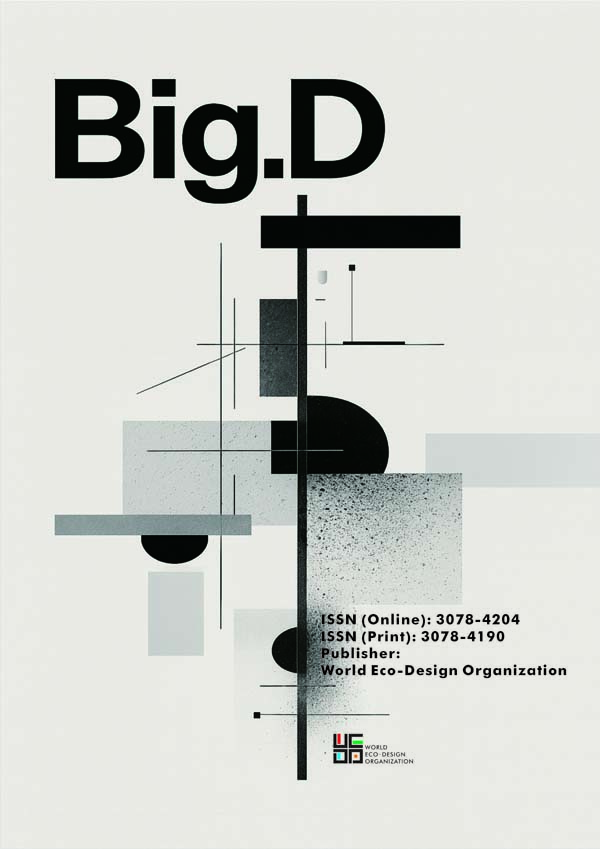Impact and Prospects of AI-Driven Interactive Technologies in the Realm of Artistic Creation
Keywords:
Artificial Intelligence (AI), Artistic Creation, Natural Language Processing (NLP), Generative Adversarial Networks (GAN), Machine Learning (ML)Abstract
The integration of artificial intelligence (AI) in artistic creation is revolutionizing the cultural industry, offering intelligent, interactive, and data-driven artistic expressions. AI, through computational creativity, is influencing areas such as food innovation and art education, enhancing creativity and interactivity.AI's role extends to various technologies including natural language processing (NLP), machine learning (ML), deep learning (DL), and Generative Adversarial Networks (GANs), which serve as tools for inspiration, idea generation, and audience interaction. AI-assisted writing tools are improving the efficiency and quality of writing, while AI in art design, exemplified by Adobe's research, shows significant potential.However, AI's impact on artistic creation is a double-edged sword, sparking debates on copyright, originality, and the essence of human creativity. The questions of whether AI-generated works are art and how AI can collaborate with human creators are central to these discussions.Looking ahead, AI's application in art is set to expand, presenting both opportunities and challenges. Interdisciplinary research and practical explorations are essential to understand AI's role in art, to establish legal and ethical guidelines that protect creators' rights and preserve the originality of their works. The synergy of technology and art promises sustainable development and innovation in the creative field.






